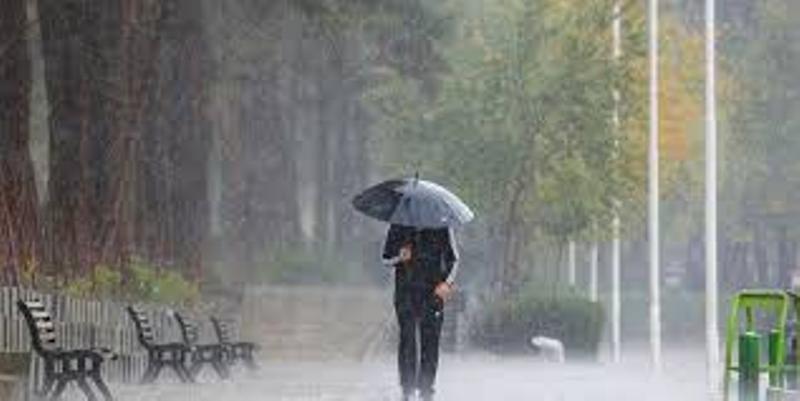In an innovative step to tackle Delhi’s air pollution, the national capital is set to witness artificial rain for the first time.
The cloud seeding operation, aimed at clearing the toxic air, was announced by Environment Minister Manjinder Singh Sirsa.
If weather conditions permit, the rain-making experiment will take place between July 4 and 11, marking a significant shift in how the city addresses its environmental crisis.
Cloud seeding is a weather modification technique used to stimulate artificial rainfall. It works by dispersing specific chemicals into moisture-laden clouds, encouraging the formation of water droplets heavy enough to fall as rain. Commonly used agents include silver iodide (AgI), iodised salt, and rock salt, which help accelerate droplet formation by acting as condensation nuclei.
The initiative is spearheaded by the Environment Department under the leadership of Chief Minister Rekha Gupta.
Sirsa said that IIT Kanpur has submitted the flight plan for the operation to IMD Pune for technical coordination.
“Conditions are not suitable for cloud seeding until July 3, but a flight window has been proposed between July 4 and 11,” Sirsa said.
Additionally, a proposal has been sent to the Directorate General of Civil Aviation (DGCA), seeking an alternative time window in case of unfavorable weather during the proposed dates, ensuring the trial can still take place at a later stage.
Calling the initiative a historic step in urban pollution control, Sirsa said, “Clean air is the most basic right of every resident and the government is exploring every possible solution. That’s why we’re taking this bold step of artificial rain.”
The project, titled “Technology Demonstration and Evaluation of Cloud Seeding as an Alternative for Delhi NCR Pollution Mitigation”, will consist of five aircraft sorties over low-security airspace in northwest and outer Delhi.
Read More: Arunachal Pradesh: Drone Port inaugurated at TRIHMS to boost emergency medical delivery
Each sortie, lasting approximately 90 minutes, will cover around 100 square kilometres. Officials express hope that this pilot project will bring measurable improvements in air quality and pave the way for future innovations in pollution control across urban India.















